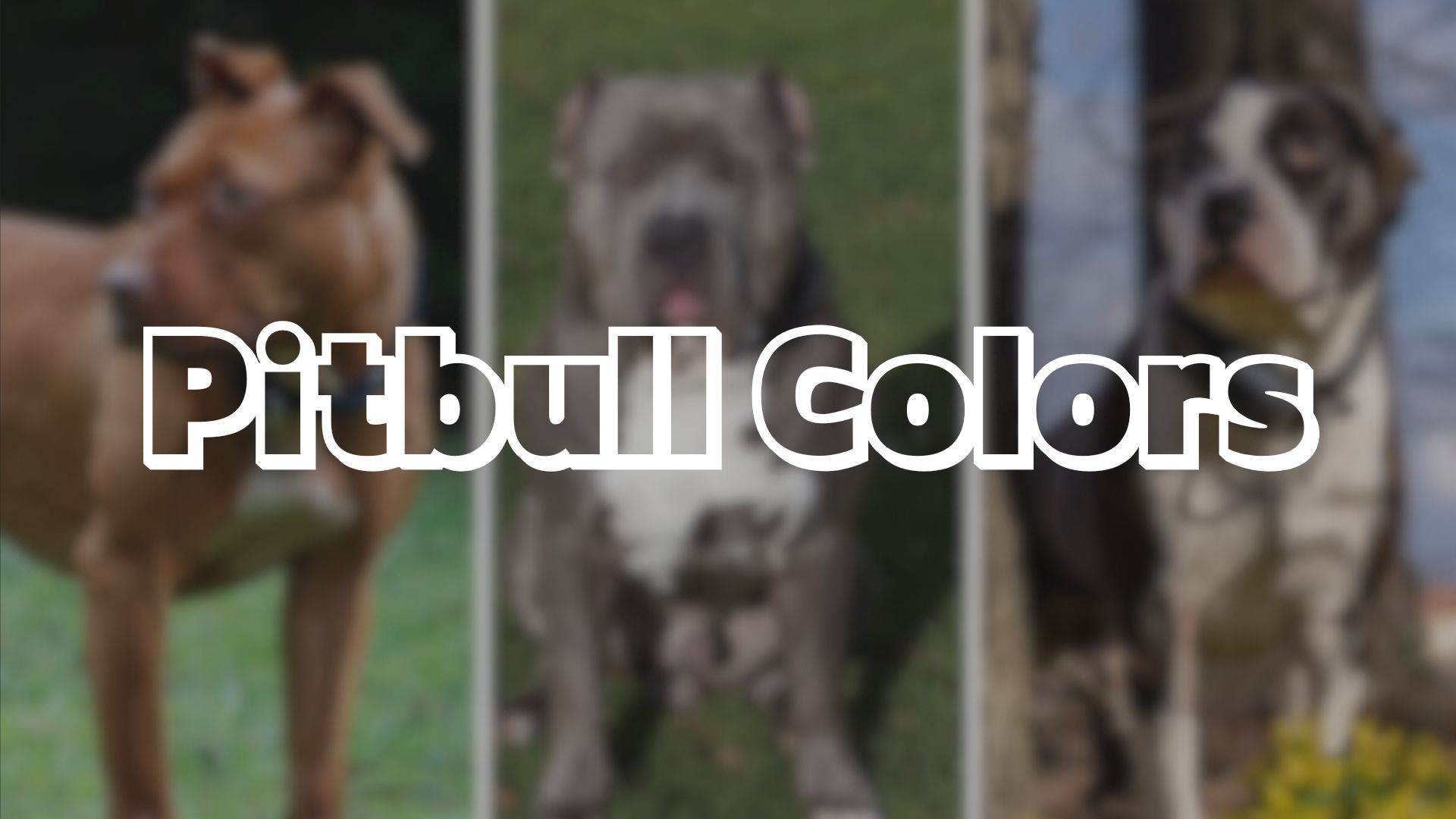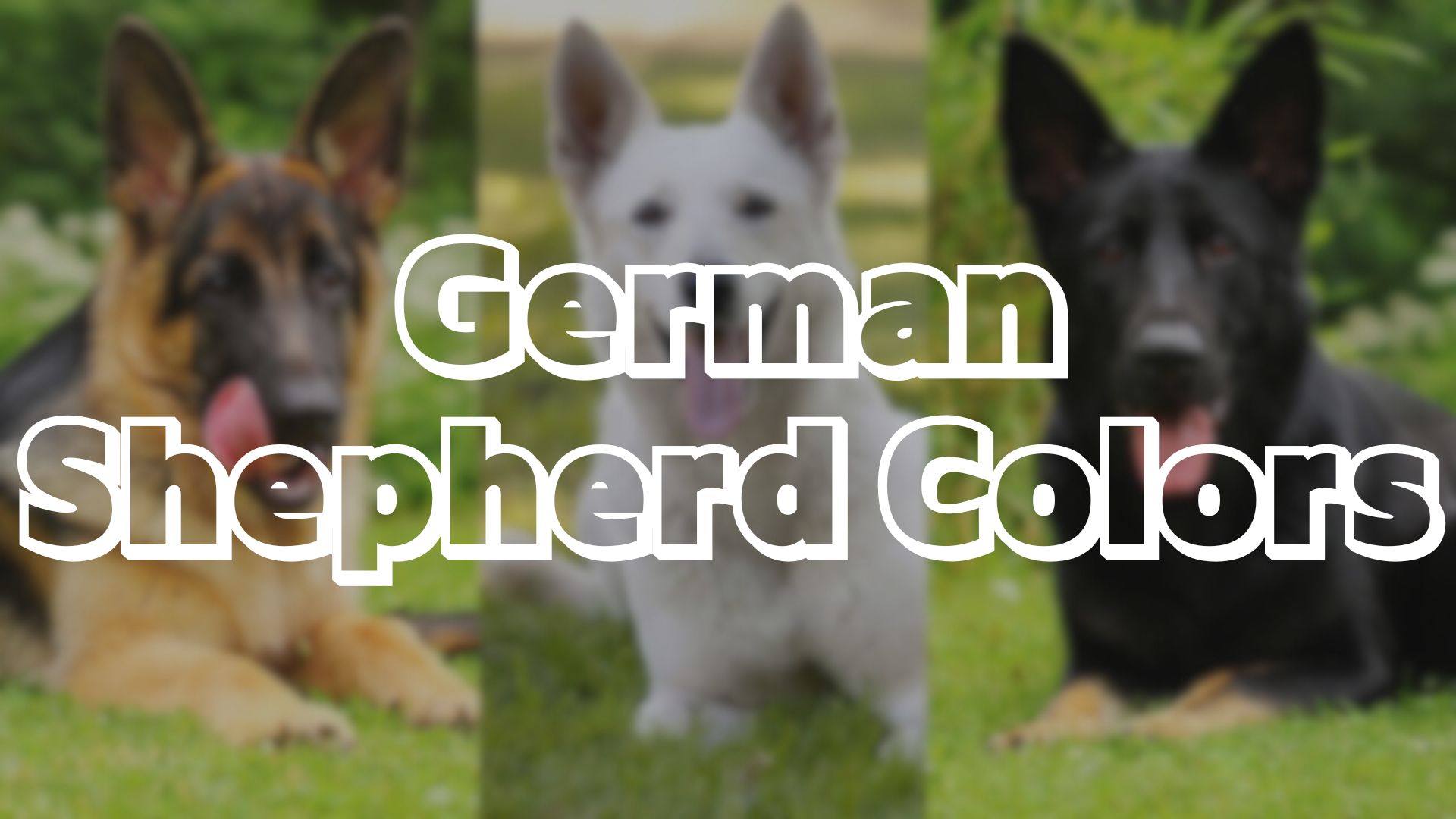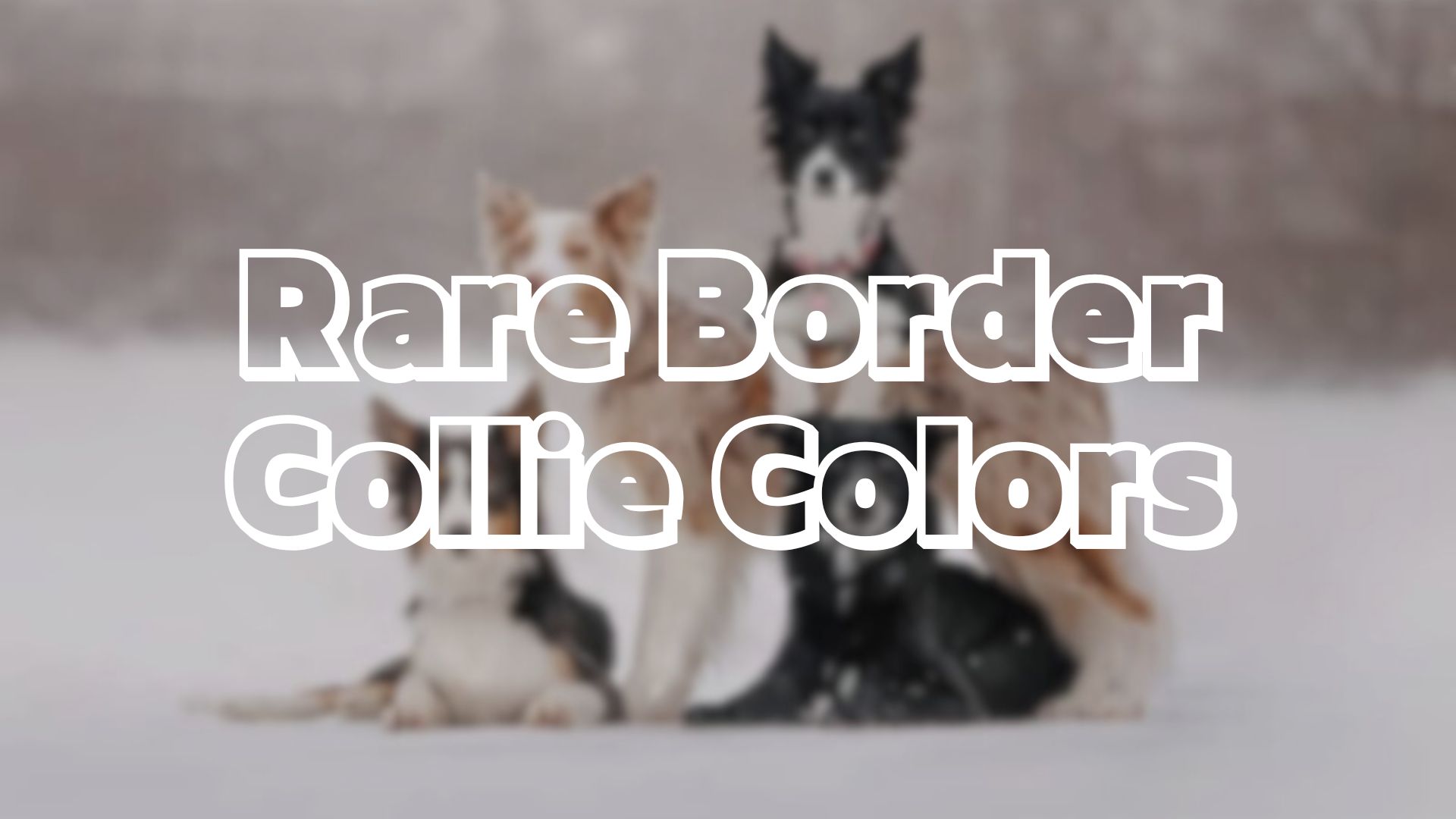Pitbull colors range from solid blacks to captivating Blue Brindle and Tricolor patterns. These diverse coat variations enhance the visual appeal of these unique and beautiful dogs. Standard hues include black, red, blue, tan, and fawn, contributing to their distinct appearance. Uncommon colors like Isabella, Ghost Merle, and Platinum offer a rare and exquisite look. Each color showcases the individuality and charm of Pit Bulls. Discover more about the mesmerizing world of Pitbull colors.
Pitbull Colors – A List of all pit bull color combinations
Among the diverse coat variations of Pit Bulls, there exist a myriad of captivating color combinations that contribute to their unique and striking appearance. Pit Bulls showcase an array of colors ranging from solid blacks to rich reds, striking blues, warm tans, and vibrant fawns. Unique colorations like the Blue Brindle, Blue Fawn Brindle, Fawn Brindle, Reverse Brindle, and Tricolor patterns further enhance the visual appeal of these dogs.
The Blue Brindle Pit Bulls exhibit a light-colored base coat with varying blue to charcoal grey stripes, creating a rare and eye-catching look. In contrast, the Reverse Brindle Pit Bulls have a darker color dominant with lighter stripes, resulting in a striking appearance. The Tricolor Pit Bulls, with their well-defined three-color combination, typically consisting of white, black, and brown, have been gaining popularity for their unique and attractive coat patterns.
These diverse color variations not only add to the aesthetic charm of Pit Bulls but also highlight the individuality and beauty of each dog within this beloved breed.
Standard Pit Bull Colors
Standard Pit Bull Colors showcase a range of traditional hues that are commonly observed within the breed. These colors include black, red, blue, tan, and fawn.
Black Pit Bulls display a solid black coat, while Red Pit Bulls exhibit a rich chestnut color with a red nose and amber eyes. Blue Pit Bulls have a silver-grey to charcoal-hued coat, and Tan Pit Bulls result from Phaeomelanin producing reddish pigmentation.
Fawn Pit Bulls, on the other hand, stem from the dilution of the Agouti locus allele. These standard colors are widely accepted within the breed and contribute to the distinct appearance of Pit Bulls.
The variations in shades and combinations within these standard colors add to the charm and diversity of the Pit Bull coat palette. Understanding these standard colors is essential for breed enthusiasts and potential owners to appreciate the beauty and uniqueness of Pit Bulls.
Black Pitbull
The elegance of a black Pitbull’s coat exudes a sense of sophistication and allure in the canine world. Black Pit Bulls, whether American Staffordshire or American Pit Bull Terriers, showcase a sleek and striking appearance that often captivates onlookers. Despite their stunning coat color, black Pit Bulls are frequently found in shelters due to the prevalence of black dog syndrome, where darker-colored dogs are overlooked for adoption. This unfortunate trend does not diminish the beauty and charm of these animals.
Black Pit Bulls are known for their strong, muscular build and endearing personalities. Their black coat can range from a shiny jet black to a slightly faded hue, but their striking appearance remains consistent. While coat color does not dictate a dog’s temperament, black Pit Bulls are often described as loyal, affectionate, and intelligent companions. It is essential to look beyond the color of their coat and appreciate the loving nature that black Pit Bulls bring into the lives of their owners.
White Pitbull
Exuding a pristine and captivating appearance, the White Pitbull stands out as a striking representation of elegance within the breed. Known for their brilliant white coat, these Pitbulls exude a sense of purity and grace that captivates onlookers. The crisp white fur of these dogs often accentuates their muscular build and powerful stature, creating a visually striking impression.
White Pitbulls are not only admired for their physical beauty but also for their loving and affectionate nature. Despite their sometimes controversial coloration within the breed, white Pitbulls are known for their loyalty, devotion, and gentle demeanor towards their families. Their playful and sociable temperament makes them great companions for active families and individuals seeking a devoted four-legged friend.
It’s important to note that white Pitbulls may be more sensitive to direct sunlight, particularly those with pink skin or noses. Providing adequate protection from the sun, such as shade and sunscreen for sensitive areas, can help ensure the well-being of these stunning white-coated canines.
Blue Pitbull
Blue Pitbulls, known for their striking silver-grey to charcoal-hued coat, are a captivating variation within the Pit Bull breed. This unique coloration sets them apart and attracts many enthusiasts. The blue coat is not officially recognized by the American Kennel Club (AKC), but it remains a popular choice among Pit Bull admirers. Blue Pitbulls often exhibit a sleek and shiny appearance, enhancing their overall charm. Despite not being an AKC-approved color, their popularity continues to grow due to their distinct and eye-catching look.
Owners of Blue Pitbulls appreciate their stunning coat and often take pride in showcasing these beautiful dogs. While coat color should not be the sole factor in choosing a pet, the allure of a Blue Pitbull’s unique coloring is undeniable. Whether in competitions or as loyal companions, Blue Pitbulls stand out for their exceptional appearance and undeniable appeal within the Pit Bull community.
Fawn Pitbull
Commonly seen in various Pit Bull breeds, the fawn coat coloration presents a warm and inviting hue that appeals to many dog enthusiasts. This charming color variation adds a touch of elegance to the breed’s appearance, making fawn Pit Bulls stand out among their counterparts.
Here are some key points to know about fawn Pitbulls:
- Fawn coat color results from the dilution of the Agouti locus allele, creating a soft and pleasing shade.
- Fawn Pit Bulls exhibit a range of hues from light tan to deep caramel, offering a diverse spectrum within the color category.
- This color variation is relatively common in all Pit Bull breeds, showcasing the widespread popularity of fawn-coated Pit Bulls.
- The gentle and affectionate nature of fawn Pitbulls often aligns with their warm coat color, reflecting their friendly and approachable temperament.
- Fawn Pit Bulls can vary in intensity of color, with some displaying a more muted fawn tone while others exhibit a richer, more vibrant shade, adding to the uniqueness of each individual dog.
Red Pitbull
The captivating allure of the red coat coloration in Pitbulls is not only visually striking but also holds significance in reflecting the breed’s rich history and distinctive characteristics. Originating from the Old Family Dogs in Ireland in the 1800s, red Pitbulls boast a rich chestnut color that is complemented by a red nose and amber eyes, creating a unique and striking appearance.
Red Pitbulls are known for their strong and loyal nature, making them excellent family pets. Their red coat symbolizes courage, strength, and vitality, traits that are often associated with the Pitbull breed. The deep red hue is not only aesthetically pleasing but also serves as a reminder of the breed’s resilience and unwavering loyalty.
In addition to their physical beauty, red Pitbulls are valued for their affectionate and loving temperament. Their red coat, often paired with a red nose, sets them apart from other color variations within the breed, making them a sought-after choice for Pitbull enthusiasts looking for a unique and vibrant companion.
Rare and Unique Pit Bull Colors
Exploring the lesser-known spectrum of Pit Bull coat colors reveals a captivating array of rare and unique variations that set certain individuals apart within the breed. These distinctive coat colors add to the allure and charm of these already beloved dogs. Here are some of the rare and unique Pit Bull colors that stand out:
- Champagne: A pale, almost metallic gold coat color that shimmers in the light, giving these Pit Bulls an elegant and regal appearance.
- Lilac: A light silver-grey coat with a hint of lavender, creating a soft and delicate look that is sure to turn heads.
- Isabella: A fawn coat with a diluted chocolate hue, resulting in a stunning and unusual color that is sure to draw attention.
- Ghost Merle: A rare combination of merle and white markings, creating a ghostly and ethereal appearance in these Pit Bulls.
- Platinum: A striking silver coat color that is sleek and eye-catching, giving these Pit Bulls a modern and sophisticated look.
Brindle Pit Bulls
Brindle Pit Bulls exhibit a unique and captivating coat pattern that sets them apart within the Pit Bull breed. This distinctive coloration features a dark striped pattern on a lighter base coat, creating a tiger-stripe effect that is both striking and eye-catching. Brindle Pit Bulls can have varying shades of brindle, ranging from light to dark, with some displaying a mix of colors within the brindle pattern. This coat pattern is relatively common in the Pit Bull breed and is often admired for its beauty and individuality.
The brindle coloration in Pit Bulls is a result of genetics, specifically the interaction of different pigment genes. It is important to note that brindle is not a specific color but rather a coat pattern, and brindle Pit Bulls can come in various base coat colors such as fawn, red, or black. The brindle pattern adds depth and character to the Pit Bull’s appearance, making them stand out among other coat variations in the breed.
Blue Fawn Pitbulls
Blue Fawn Pitbulls, known for their unique coat coloration blending silver hues with fawn tones, showcase a distinctive and eye-catching appearance among the Pit Bull breed. These dogs possess a captivating blend of colors that set them apart from others. Here are some interesting facts about Blue Fawn Pitbulls:
- Rare Coloration: Blue Fawn Pitbulls are not as common as some other coat colors, making them stand out in a crowd.
- Gentle Temperament: Despite their striking appearance, Blue Fawn Pitbulls are known for their gentle and affectionate nature.
- Unique Markings: Their silver-grey base with fawn accents creates a mesmerizing pattern that enthusiasts admire.
- Prized by Enthusiasts: The rarity and beauty of Blue Fawn Pitbulls make them highly sought after by dog lovers and breed enthusiasts.
- Distinctive in Appearance: Whether in the show ring or as a family pet, Blue Fawn Pitbulls turn heads with their unique coloration and charming demeanor.
Chocolate Pitbull
Delving into the unique coloration of the Chocolate Pitbull reveals a distinctive and appealing coat variation within the Pit Bull breed. The Chocolate Pitbull showcases shades ranging from dark to light milk chocolate, offering a rich and eye-catching appearance. This color variation is highly sought after by Pit Bull enthusiasts for its warm and inviting tones.
The Chocolate and Tan variety combines the chocolate base with a light beige tan, creating a striking contrast that enhances the overall aesthetic of the breed. Additionally, Chocolate Bluies present a captivating blend of chocolate with blue or gray undertones, adding a touch of sophistication to the coat color.
Dark Fawn with Black Ticking is another intriguing option, featuring a brown coat with dark hairs scattered over a lighter base. These variations in the Chocolate Pitbull’s coat not only contribute to its visual appeal but also highlight the breed’s diverse and unique color palette.
Lilac Pitbull
Lilac Pitbulls exhibit a unique and captivating coat color that distinguishes them within the Pit Bull breed. This rare color variation is highly sought after by enthusiasts for its striking appearance. Here are some notable characteristics of Lilac Pitbulls:
- Soft Lavender Hue: Lilac Pitbulls have a soft, diluted lavender hue that sets them apart from other coat colors.
- Gentle and Playful Temperament: Despite their unique appearance, Lilac Pitbulls are known for their gentle and playful nature.
- Eye-Catching Coat Patterns: Their coats may exhibit eye-catching patterns like white patches or brindle markings, enhancing their overall charm.
- Rare and Exclusive: The rarity of the Lilac Pitbull color makes them an exclusive and coveted choice among Pit Bull enthusiasts.
- Attention-Grabbing: Whether at the park or a show, Lilac Pitbulls are sure to attract attention and admiration for their exceptional coloration.
Red and Blue Nose Pitbull
The distinctive characteristics of Red and Blue Nose Pitbulls set them apart within the breed, attracting interest for their unique coloration. Red Nose Pitbulls sport a rich chestnut color with a matching red nose and amber eyes, originating from the Old Family Dogs in Ireland during the 1800s.
On the other hand, Blue Nose Pitbulls exhibit a striking silver-grey to charcoal-hued coat, although not officially approved by the AKC. These color variations add to the allure of these Pitbulls, making them stand out among their counterparts.
Red and Blue Nose Pitbulls have gained popularity for their uncommon hues, captivating many enthusiasts. Whether it’s the warm and vibrant red tones or the cool and sleek silver-grey shades, these Pitbulls showcase a unique and eye-catching appearance that distinguishes them in the world of dog breeds.
Tricolor Pitbull
Exploring the distinctive coat variations of Tricolor Pitbulls reveals a captivating blend of colors within the breed. Tricolor Pitbulls are increasingly popular for their striking appearance and unique color combinations. Here are some key points about Tricolor Pitbulls:
- Color Combination: Tricolor Pit Bulls typically exhibit three well-defined colors, commonly white, tan, and a base color, creating a visually appealing contrast.
- Acceptance: The tricolor pattern is widely accepted within the breed standard, allowing for variations in the specific shades of white, tan, and the base color.
- Popularity: This coloration has gained popularity among Pitbull enthusiasts due to its eye-catching and distinct look.
- Breeding Considerations: Breeders carefully select for these specific color genes to produce Tricolor Pitbulls with consistent and desirable coat patterns.
- Identification: Tricolor Pitbulls are easily identifiable by their three-color coat scheme, setting them apart from other Pitbull color variations.
The Tricolor Pitbull’s unique coat pattern adds to the breed’s charm and allure, making them a sought-after choice for many dog lovers.
Why These Colors Are Rare
Rare Pitbull colors are a result of specific genetic combinations that contribute to their scarcity in the breed. These colors, such as Merle, Champagne, and Lilac, are considered rare due to the inheritance of specific genes that lead to unique coat variations.
For example, Merle Pitbulls exhibit a mottled pattern with patches of color against a lighter background, resulting from a dominant Merle gene. Champagne Pitbulls have a diluted coat color that gives them a light, almost metallic sheen, while Lilac Pitbulls display a diluted brownish-grey hue.
The rarity of these colors is also influenced by breeding practices, as responsible breeders carefully select for desired traits, including color, which can further limit the occurrence of these unique variations. Despite their rarity, these colors have gained popularity among enthusiasts and collectors, leading to higher demand and elevated prices for Pitbulls with these distinctive coat hues.
Conclusion
In conclusion, the diverse spectrum of coat colors in Pit Bulls adds to their visual appeal and uniqueness. Understanding the prevalence, characteristics, and misconceptions surrounding each color variation can provide valuable insights for potential owners and enthusiasts.
From the classic black and red tones to the more rare blue, fawn, and brindle patterns, each color offers a distinct charm and personality to these beloved breed. Appreciating and embracing the full range of Pit Bull coat colors can enhance the experience of ownership and admiration for this special breed.




